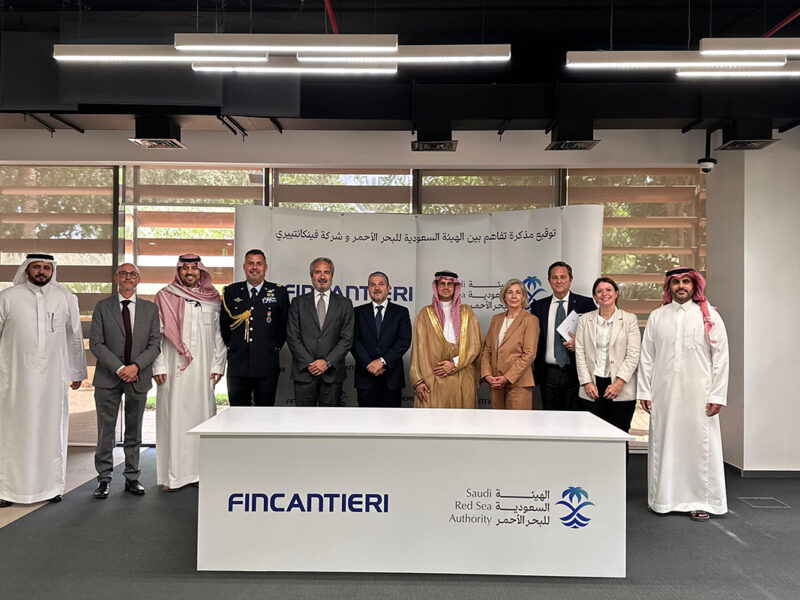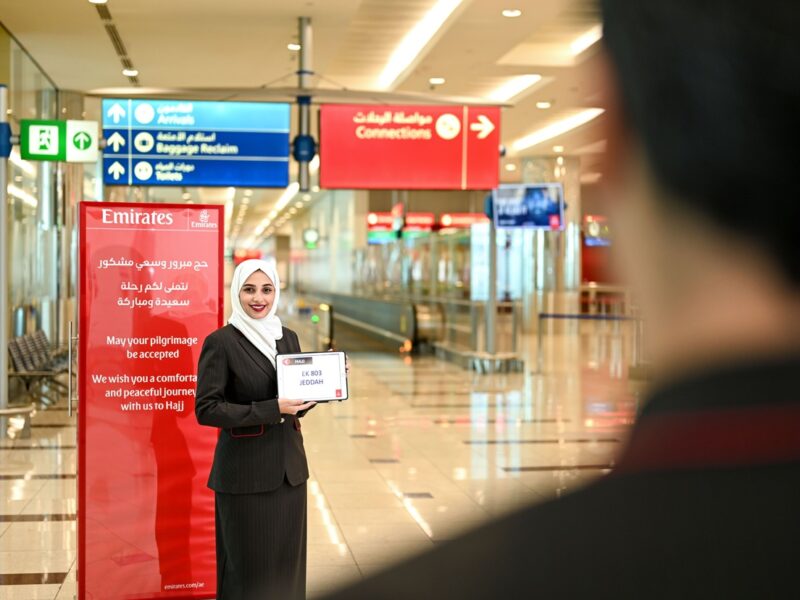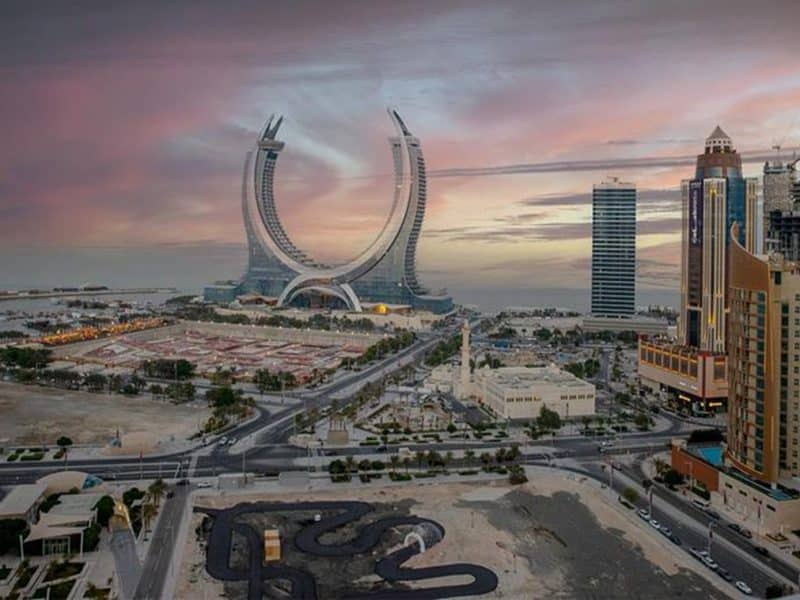Whether pan searing or using as a terrine, most five-star restaurants are eager to include foie gras on their menus. Although there is much controversy surrounding how it is produced, foie gras receives much publicity nonetheless, and remains a firm favourite among chefs in the region.
Produced from either goose or duck liver, foie gras comes from the overfeeding of the bird in order to enlarge the liver. The force-feeding of the birds has brought the practice to the attention of several animal rights groups, and has led to the banning — not only of the production of foie gras — but also the selling of the product in some countries. Force-feeding birds has been prohibited, for example, in Argentina, Denmark, Germany, Italy, Switzerland and the UK, with Chicago becoming the first state in the US to ban selling the product earlier this year. However, producers are still seeing a buoyant market, with chefs as keen as ever to use the product.
“In the beginning it was a struggle to educate the US market, but because foie gras is now in the spotlight due to animal activists, it has become more well known, and increasingly popular,” comments Michael Ginor, co-owner and president, Hudson Valley Foie Gras.
Established in 1990, Hudson Valley Foie Gras began by producing just 300 ducks a week. It is now producing 10,000 birds per week, not just to the US market, but also to the Far East and South America. It is now looking to new markets such as the Middle East as potential areas for expansion.
Producing foie gras from the moulard duck — due to the breed’s resilience to disease and high quality end product — Hudson Valley Foie Gras is witnessing the majority of the market purchase foie gras for hot preparation, such as pan searing, compared to the more traditional cold preparation methods such as terrines.
In the Middle East, however, foie gras is used in a number of ways, with restaurants like Verre by Gordon Ramsay at the Hilton Dubai Creek using it as a garnish.
“There are so many things to do with foie gras. A lot of people use pan fried foie gras more as a garnish, and at the minute we serve it on top of a beef dish,” says Jason Whitelock, executive chef, Hilton Dubai Creek.
“But it can also be used as a terrine, as a sauce, or as a butter that can be piped in between paper crisps for canapés, so there is no wastage,” comments chef Jason.
Other chefs from across the region are also experimenting with foie gras, and Kenji Salz, executive chef for Four Seasons Hotel Doha, uses a mixture of pan searing, as well as the traditional terrine style.
“We serve foie gras primarily in two ways. The first is a seared medallion cut in a nice thick slice and pan seared until it is golden on the outside, and barely cooked on the inside. We also serve it as a terrine, Strasbourg style,” says chef Kenji.
Although cooking foie gras is quite simple, deciding what to incorporate it with can be a challenge, as the focus needs to remain on the liver.
“Foie gras enhances the impression of a superb menu if prepared properly. When it is featured on a menu it must be delivered to the best quality, with no sacrifice to the base product, and no heavy draping or seasoning,” comments Joerg-Peter Noedler, executive chef, Bavaria Executive Suites Dubai.
But using foie gras is not a profit maker and can increase the food cost percentage to as much as 45%. However, it is expected that most five-star restaurants will use foie gras in some form to maintain its kudos. In order to get the most out of the product, serving it with the right beverage can help increase revenues. At the Four Seasons Hotel Doha, for example, chef Kenji suggests serving it with a Riesling Donnhoff Spatelese or Gaja Promis, whereas chef Jason says his chef sommelier would perhaps suggest a Sauternes.
When it comes to purchasing foie gras however, a chef must consider whether to use goose or duck foie gras. Hudson Valley Foie Gras, for example, rears moulard ducks, not only because it is a hybrid, but also because of the quality.
“With the moulard you can use the whole duck, not just the liver, but the leg and the breast as well. It can also be seared at high temperatures, unlike goose foie gras, which contains too much fat,” comments Ginor.
However, chef Jason says that because of tight regulations from Dubai Municipality, it can sometimes be hard to source goose liver instead of duck.
Using around 8kg of foie gras a week, which is an impressive amount for a dinner-only restaurant with 50 covers per evening, Verre by Gordon Ramsay uses only fresh foie gras from suppliers like Fresh Express and Promar Foodstuff, with chef Kenji using Fine Foods and Caspian Pearl for supplies to Qatar.
However, Parma Foodstuff is also beginning to offer frozen foie gras, and although this costs around AED155-AED165 (US $42-$45) per kilo — compared to AED225 ($61) for Grade A foie gras or AED185 ($50) for foie gras ideal for terrines — a lot of chefs still prefer to use fresh liver.
“Fresh is always better than frozen because it colours better and tastes a lot nicer. Also, the better the grade, the less veins it has, so you also have to assess that when purchasing foie gras,” comments chef Jason.
However, a major concern is availability, and sourcing a good quality liver at a good price. One obstacle is finding Halal certified foie gras producers, but Dubai Municipality also requires a date stamp and expiry date. Additionally, due to regional regulations, a whole duck or goose cannot be purchased, so the foie gras has to be purchased individually.
“In the UK you can buy a whole duck. If you want individual pieces, it comes wrapped in muslin cloth, but in Dubai it comes vacuum packed. The quality is nowhere near the same, but there is nothing that we or the suppliers can do,” comments chef Jason.
The price of foie gras is also higher in the Middle East due to the cost of airfreight, but in order to combat this, chefs in the region are beginning to source foie gras from countries outside of Europe, including Morocco and Lebanon.
“We found that our French product was cut from the market in Qatar, so we had to find suitable substitutes. There was actually a shortage for a number of months, but we were eventually able to source the product from other countries, like Lebanon,” says
chef Kenji.
Verre is also importing foie gras from a French producer who has moved production to Morocco, in part due to the rising cost of production in Europe. However, Ginor says that despite rising material and fuel costs in the US, this is offset by more economic and efficient production systems.
“This year will be our highest revenue earner since we began business, mainly because the market is more sophisticated. However, we have not increased prices since our first year of business in 1990. The price we sell to distributors is around $25-$30 per 500g,” comments Ginor.
Although production at Hudson Valley Foie Gras has increased from 300 to 10,000 ducks a week, production methods at the 300-acre facility have remained the same, with one feeder working with 300 ducks for one month, rather than most companies pushing production by using one feeder for every 1000 ducks for two weeks.
“We are using the more traditional method of production, which does mean our production costs are higher, but at the same time, we are producing a higher quality product. However, if the market grows we will have to see how we can adapt for the future,” Ginor adds.
Boasting more than 23,500 tonnes of foie gras production each year, the industry is big business, with France still the leading producer and consumer, amounting for 75% of the world’s production of foie gras.
But with Hungary, the US and Canada also major contributors to the market — as well as emerging producers in Morocco and Lebanon — the market can only grow, meaning greater choice and availability, and maybe lower costs, for chefs in the Middle East.
– Joerg-Peter Noedler, executive chef, Bavaria Executive Suites Dubai
– Jason Whitelock, executive chef, Hilton Dubai Creek
TO EAT OR NOT TO EAT?
All animal rights and animal welfare groups are against the production of foie gras. The groups claim that the process of force-feeding the duck or goose, known as gavage, is cruel and exploits the animal’s natural features of being able to ingest large amounts of food.
According to the People for the Ethical Treatment of Animals group (PETA), birds raised for foie gras spend the first four weeks of their lives eating and growing, with the next four weeks being confined to cages and fed a high protein diet that is designed to promote rapid growth.
The animal rights group adds that force-feeding begins when the birds are between 8–10 weeks old, and for 12–21 days they are subjected to gavage. PETA adds that some of the birds die or suffer from ruptured stomachs, liver disease, foot infections and spleen damage.
To date, the force-feeding of birds is prohibited in 16 countries, including Italy, the UK, the Netherlands, Poland, Germany, Finland and Denmark. Earlier this year, Chicago became the first city in the US to ban foie gras, and in 2012, California will become the next state to ban the production and sale of foie gras from force fed birds.








